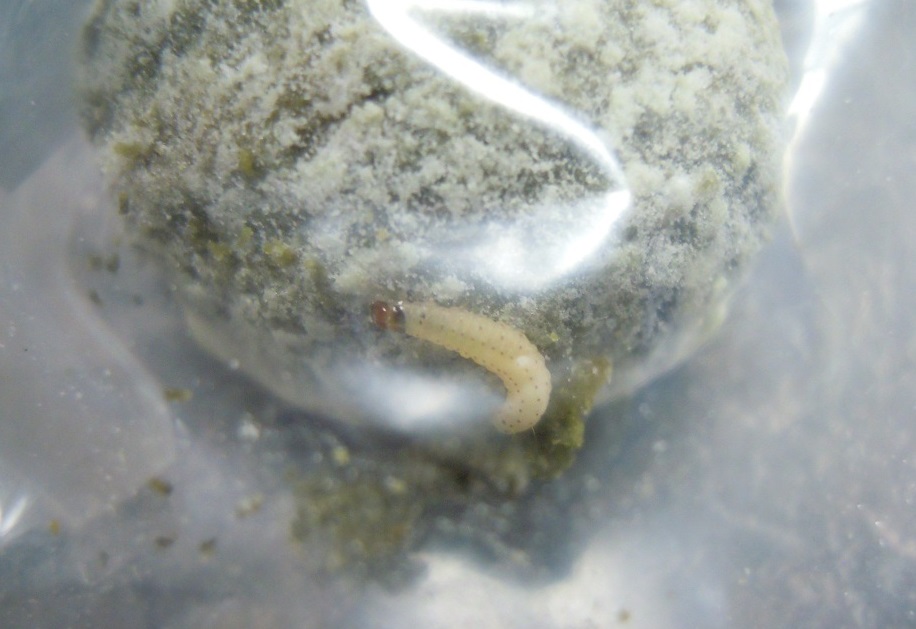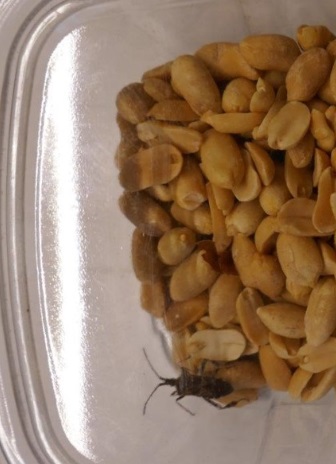
Occasionally, live insects are found in stored food, such as flour, cereal, dried fruit, spices and other dried goods.
On this page
- How infestation occurs
- Common signs of infestation
- How to prevent live insects in food
- Product safety
- What to do if you find live insects in food
How infestation occurs
Live insects can end up in food at any part of the food distribution chain. This includes the harvest site, manufacturer, retailer or even at your home.
All stages of an insect's life cycle (egg, larva, pupa and adult) may be present when found in food. Some of the common insects that you may find include types of moths, beetles or weevils.
Insects can multiply in a package and can spread to other stored foods. Most live insects are found in stored food that has been opened, but insects can get into unopened paper, thin cardboard, and plastic, foil or cellophane wrapped packages.
Common signs of infestation
- Damage to stored food
- Live insects, larvae or pupae
- Webbing in food, on packages, storage bins or shelves
How to prevent live insects in food
- Inspect packages before buying as they should be sealed and unbroken with no evidence of insects, including holes in the packaging
- Buy dried food in smaller quantities that can be used in a few months
- Store food in glass, metal or heavy plastic containers with re-sealable lids
- Keep food storage areas, including counters, clean at all times
- Follow the "first in first out" rule
Product safety

Finding live insects in stored food may be unappealing, but it does not pose a health risk.
Although it is uncommon, fresh produce may harbor pests that pose a threat to consumers. See our Safety measures when finding spiders, scorpions, or blister beetles in fresh produce for more information.
What to do if you find live insects in food
If you find live insects in food, you should report it to the Canadian Food Inspection Agency (CFIA). In some situations, the CFIA may conduct follow-up activities.
You may also throw away the contaminated food or return it to the store where you purchased it.
Thoroughly clean the cupboards and surfaces where the food was stored by using a vacuum cleaner to clean cabinets and shelves. Empty the vacuum cleaner after use to prevent re-infestation and wash or disinfect all surfaces.